In January issue, we talked about trees and their importance in our ecosystem. This is a good month to talk about birds since the spring migration takes place in late March through early May.
Miami Is Right on the Eastern Flyway
About half of all bird species migrate and Miami is right on the eastern flyway with nearly 350 species of birds stopping to refuel and recharge here on their way to their nesting habitats further north. Birds of many species share the same migration routes traveling at different heights. They need places to stop to rest, eat, and drink!! You can provide this for them in your yard!
There is a fantastic book you can check out from the Miami Dade Public Library called Bringing Nature Home: How You Can Sustain Wildlife with Native Plants by Douglas Tallamy. He states that the consensus among landscape ecologists is that only 3-5% of our land now remains as undisturbed habitat for plants and animals.
About half of all bird species migrate and Miami is right on the eastern flyway with nearly 350 species of birds stopping to refuel and recharge here on their way to their nesting habitats further north.
NO WONDER, we keep hearing statistics like the number of birds in the United States and Canada has fallen by 29% since Northern Mockingbird 1970 or that 40% of insect species are declining worldwide. We’ve taken away their food and the places they live!!!
You see we are at a point where we have modified so much of our land for our own use for agriculture or living that like it or not we as gardeners now have an important role to play in sustaining our nation’s wildlife!! NOW WE must provide habitat and food.
What Kind of Birds Do We Have?
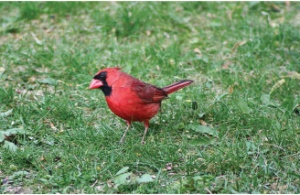
Northern Cardinal
Not all birds migrate, if there is a good food supply birds can also live in one place. Birds who live in Miami year-round include Northern Cardinals, Blue Jays, Red Bellied Woodpeckers, Mourning Doves, and Northern Mockingbirds, our state bird. Birds of Prey in our neighborhoods include Eastern Screech Owls and Cooper’s Hawks.
Birds that migrate through urban Miami including warblers, vireos, orioles, flycatchers, hummingbirds, hawks and falcons.
How Can You Make Your Yard Bird Friendly?
Each bird occupies a different niche in the canopy, so a variety of vegetation heights maximizes their opportunities for safe feeding and breeding. Canopy structure like trees in different heights and shapes, mid-level vegetation like shrubs and structures close to the ground like rock piles, leaf litter, and ground cover are needed. These structures provide birds and other animals places to hide from predators, to search for food or nesting material, to perch on and to build nests and dens. Leave the leaves, they aren’t just free fertilizer—they are a happening patch of habitat for snails, worms, and moth pupae. This means more moths which in their caterpillar phase are a crucial food source for birds.
Birds also need water for drinking, grooming, and staying cool. Even old cake pans with a flat rock or some pebbles and an inch of water placed on level ground near some shrubs will work fine. Birds need cover near the water, because they don’t fly well with wet feathers and need a place to dry out.
Birds eat a variety of food although some are mostly fruit and seed eaters, and some eat mostly insects. Many will switch to whatever is in most supply during breeding or migration.
So, what can we plant to make a banquet for birds? Native trees like our Live oaks and native herbaceous plants like sunflowers and milkweed host many caterpillar species and insects that are a vital source of protein for birds. American Beauty Berry, another native, is a fabulous bush with clusters of deep purple fruit mockingbirds, cardinals and orioles love. Other great natives are Fire Bush loved by Hummingbirds, Orioles, and Jays as well as butterflies and Yellow Necklace pod for Mockingbirds and Blue Jays.
For a complete list go to www.audubon.org/native-plants/search
We Can Stitch Together Patches of Restored Native Habitat
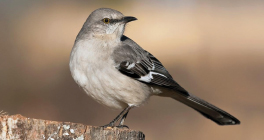
Northern Mockingbird
Remember only 3-5% of our land is undisturbed habitat. We can provide that habitat with our yards. Each patch of restored native habitat is just that—a patch in the frayed fabric of our ecosystem. By landscaping with native plants, we can turn a patchwork of green spaces into a quilt of restored habitat. Fairchild Tropical Garden has a program you can join called CONNECT TO PROTECT NETWORK which is doing just this with local gardeners.
To survive native birds need native plants and insects that have evolved with them. Most landscaping plants available in nurseries are exotic species. Many have leaves that are unpalatable to native insects and caterpillars. With 96% of all land birds in North America feeding insects to their young, planting insect proof exotic plants is like serving up plastic food. No insects, no birds. For example, native oaks support more than 550 species of butterflies and moths alone. The non-native ginkgo tree supports just 5.
Our Tropical Audubon Society is located at the Doc Thomas House in South Miami, 5530 Sunset Drive. You can go to their website: tropicalaudubon.org, for a list of great events. On March 22, 2020 there will be a bird walk at 8:30 am, meeting at the corner of Country Club and North Greenway. On April 18, 2020 at Doc Thomas there is a planting for birds’ eco-restoration day, where you will get hands on experience in creating a bird friendly habitat for your garden. ENJOY!
About the Author

Linda Lawrence Waldron currently writes the Green Gables column in Gables Living Magazine. Linda was Chairman of the Garden Club's Coral Gables Library Butterfly Garden Committee.
Sign up here for email notifications about new Green Gables articles!
More from our blogs
See all postsRecent Posts
- Good News on Environmental Plastics February 1, 2024
- Material World / Plant World January 1, 2024
- Lets Talk About Fabulous Fungi, Wetlands and ID apps July 1, 2023
Leave a Comment cancel
This site uses Akismet to reduce spam. Learn how your comment data is processed.




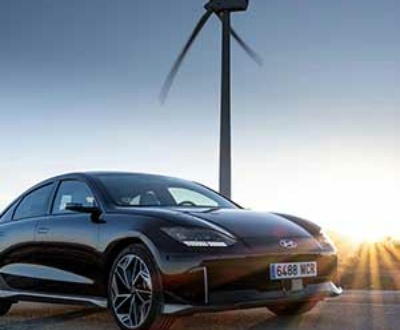
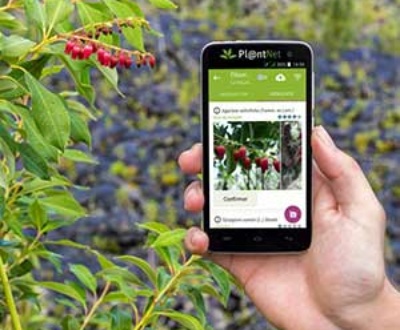
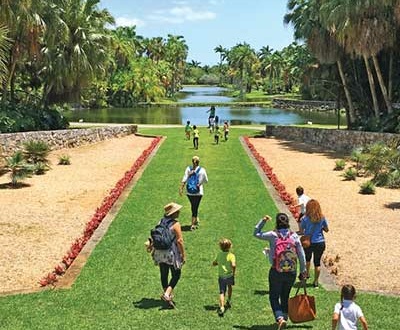
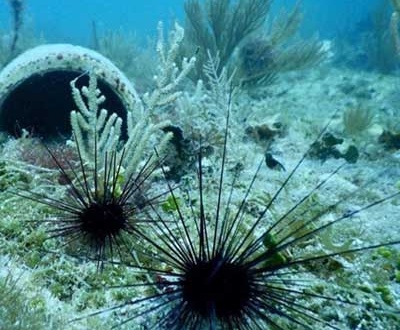



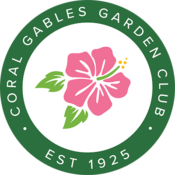
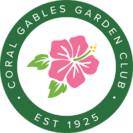
Linda,
I find all of your articles so informative and easy to read. I’m blessed having oak trees in my yard and I am thrilled to know they attract over 550 species of birds and butterflies. Can’t wait to read more articles. Susan
Linda, I learned a lot from your article on birds; you are so knowledgeable about local flora and fauna, and this article is no exception. I love the way you give good advice with facts and examples that back up the points you are making. Even in a condo I can follow your good guidance in what I plant in the pots on my balcony to help our feathered friends. I enjoy the mourning doves that hang out there frequently — such beautiful creatures!
What are the birds that fly by the Gables waterway near Edgewater Drive?